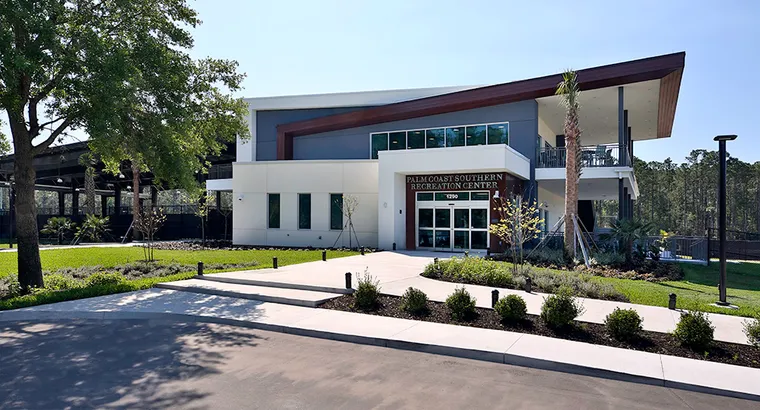
From Community Need To Civic Icon
Nestled within a 63-acre campus adjacent to the Palm Coast Tennis Center, the City of Palm Coast’s new Southern Recreation Center in Florida is more than a sports complex.

Nestled within a 63-acre campus adjacent to the Palm Coast Tennis Center, the City of Palm Coast’s new Southern Recreation Center in Florida is more than a sports complex.